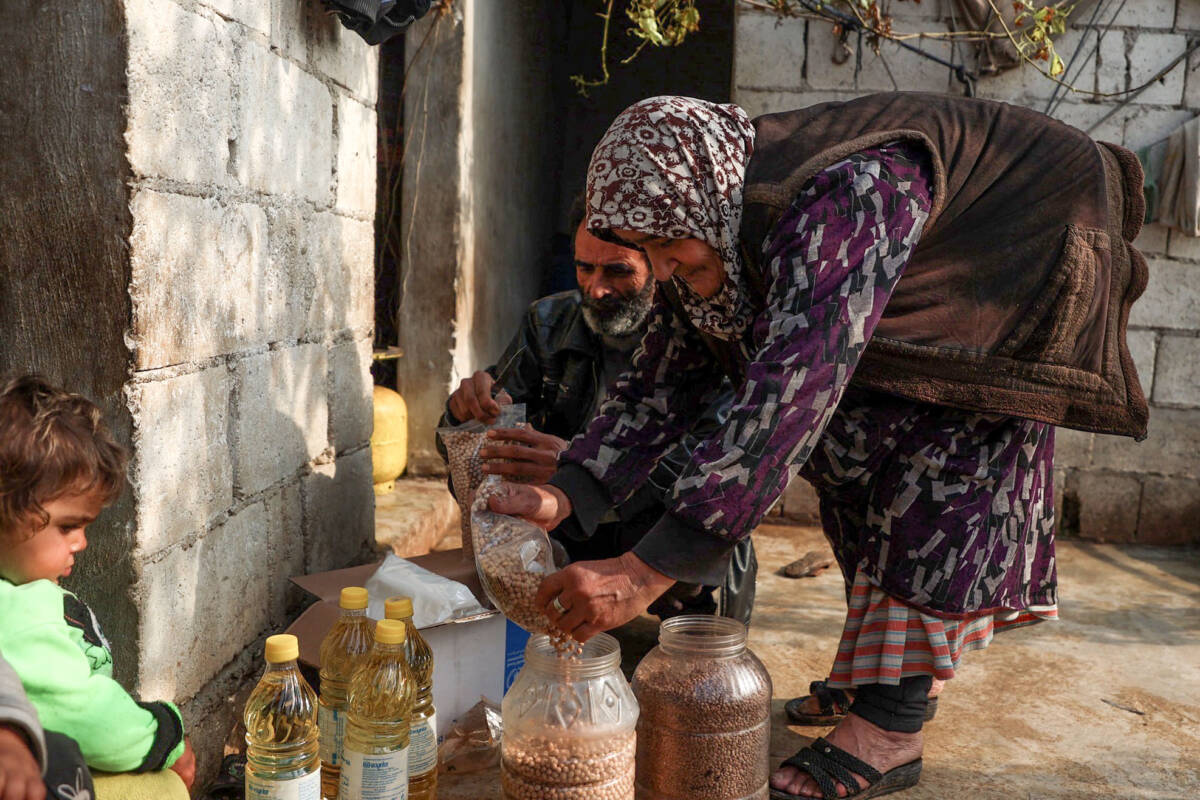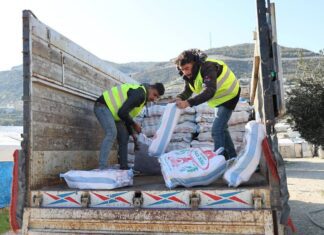
Northern Syria faces a growing humanitarian crisis as significant reductions in international aid exacerbate the plight of millions. Cuts and suspensions of support from the World Food Programme (WFP) have left the region’s most vulnerable populations in dire straits.
According to a recent report by the Syria Response Coordinators, the first half of 2024 has seen alarming increases in suicide rates, forced displacement, and deteriorating living conditions. The report documents 24 suicides, including six women and ten children, alongside 19 failed attempts. Highlighting the rising prevalence of severe psychological strain on residents in the region due to increasingly harsh conditions.
Displacement continues to surge, with over 17,000 people fleeing areas controlled by Assad regime forces to the relative safety of northern Syria. Additionally, more than 47,000 people have arrived from Turkey through border crossings. This influx adds to the region’s already overwhelming humanitarian burden.
The Bab al-Hawa border crossing, whose use was recently renewed until next January, has emerged as a vital conduit for aid to northern Syria. The crossing, which provides direct access to Idlib, hosts over two-thirds of the region’s population in need. The UN and its partners rely heavily on Bab al-Hawa to deliver essential supplies, with over 90% of UN aid trucks and 70% of UN personnel missions utilizing this route.
Since the beginning of the year, a total of 2,220 humanitarian aid trucks have crossed from Turkey into northern Syria. Despite this, funding shortfalls have drastically reduced the scale of assistance, with only 56% of food security and livelihood needs being met, and a mere 33% of educational requirements addressed.
The repercussions of these aid cuts are stark. Unemployment in the region has soared to 88.82%, and the number of people in need of humanitarian assistance has risen to over 4.4 million. Poverty and hunger rates remain alarmingly high, with 91.16% of the population living below the poverty line and 40.90% facing hunger.
The Syria Response Coordinators estimate that over 4,000 employees have lost their jobs in the aid sector, impacting more than 93,000 people, including the workers’ families. This job loss compounds the economic distress, reducing purchasing power and forcing families to make untenable choices about their basic needs.
The report indicates food prices have surged by 36.3%, grains by 31.4%, and vegetable oils by 37.9%. Such inflation places an unbearable burden on displaced and impoverished families, already struggling with inadequate income.
The implications for water and sanitation are particularly dire. With the cessation of support for critical services like water pumping stations, families are compelled to buy water from private, often unregulated sources, heightening the risk of cholera outbreaks, which have plagued the region since September 2022.
Despite ongoing efforts, the international response to the Syrian crisis remains largely frozen in an emergency phase. Humanitarian aid has not transitioned to early recovery, a necessary step for sustainable development. According to the United Nations Development Programme (UNDP), early recovery involves rebuilding markets, livelihoods, and state capacities, moving away from mere survival towards long-term resilience. However, early recovery programming currently accounts for less than 9% of what is needed. This gap leaves communities heavily dependent on aid, making any cuts devastating.
The humanitarian crisis in northern Syria is deepening as international aid and attention wanes. The Bab al-Hawa border crossing continues to play a crucial role in delivering aid, but funding shortfalls severely limit its impact. Without significant and sustained international support, the region faces continued poverty, hunger, and instability.








